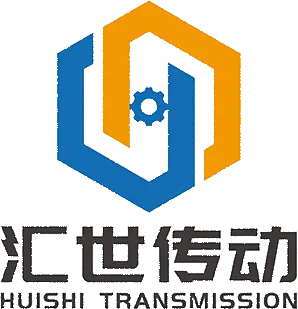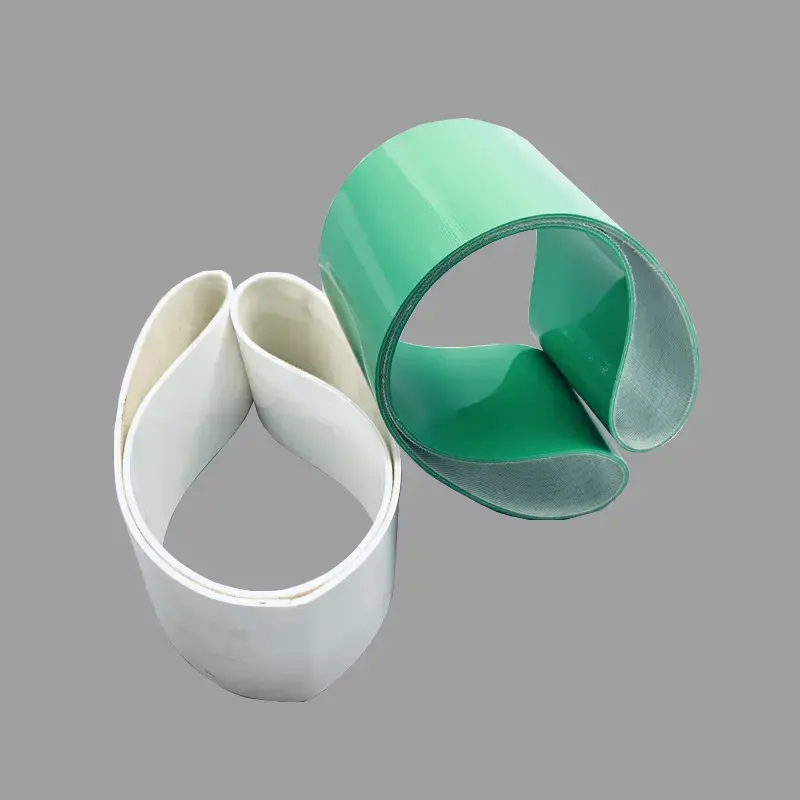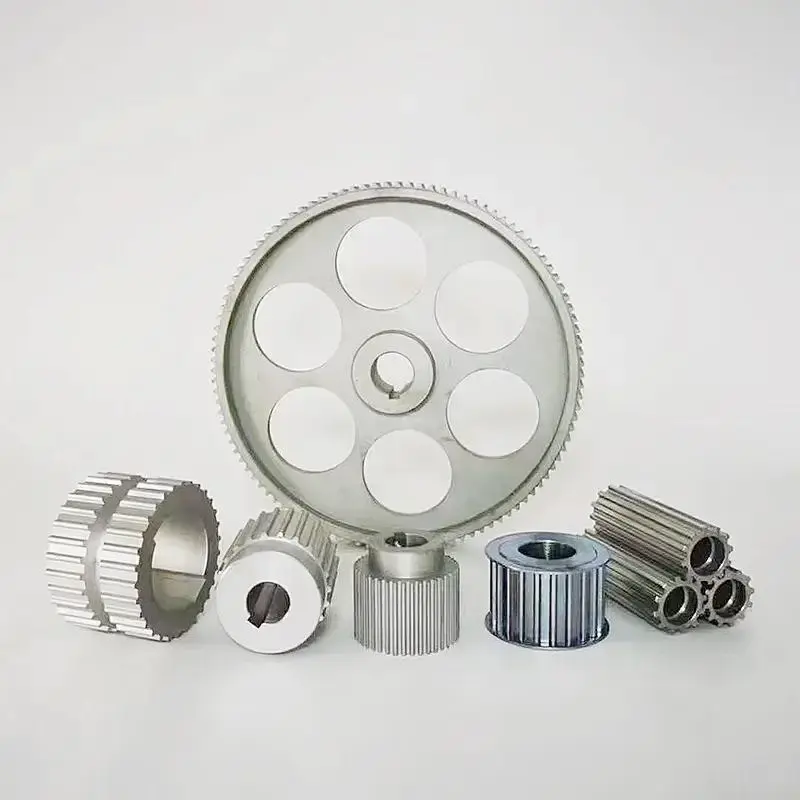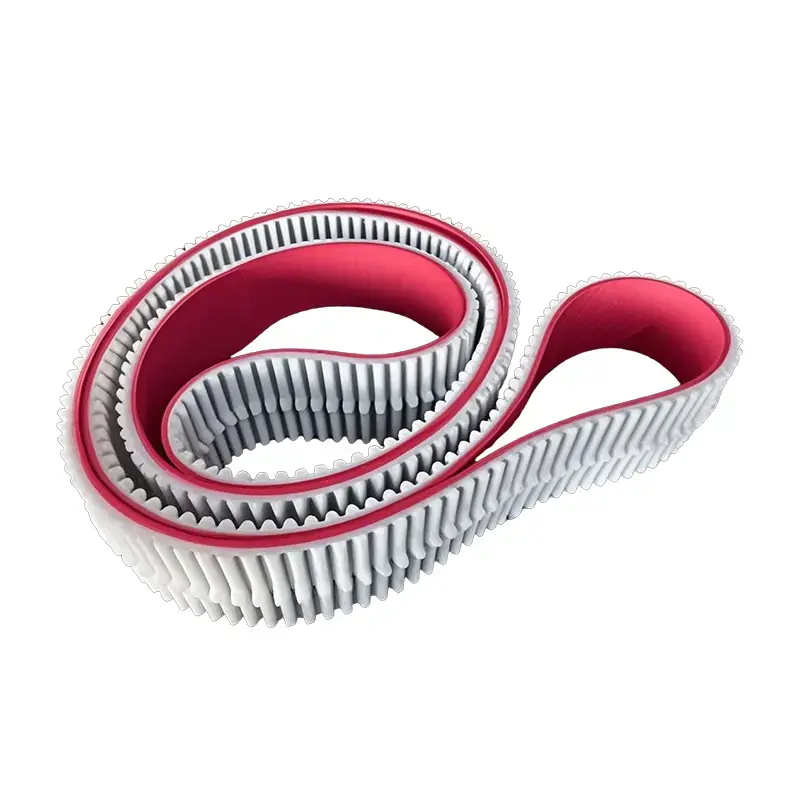 +86-19862000127
+86-19862000127 Durable Performance for Industrial Efficiency — Resistant Belt Solutions
In modern industrial operations, Resistant Belts play a critical role in maintaining smooth, safe, and efficient material handling. Whether in manufacturing, mining, logistics, or construction, these belts must endure challenging conditions — from abrasion and heat to oil and chemical exposure. Choosing the right resistant belt ensures consistent productivity, reduced downtime, and extended equipment life.
What Is a Resistant Belt?
A resistant belt is a specialized conveyor or transmission belt designed to withstand harsh environments and mechanical stress. Depending on the material and structure, these belts can resist wear, heat, oil, chemicals, and even fire. They are essential components in industries that handle heavy loads, high temperatures, or corrosive materials.
Common Types of Resistant Belts
-
Heat-Resistant Belts — Suitable for environments exceeding 200°C, often used in cement, foundry, or steel plants.
-
Oil-Resistant Belts — Designed for machinery exposed to oil and grease, such as in recycling and automotive sectors.
-
Chemical-Resistant Belts — Ideal for chemical plants, fertilizer manufacturing, and laboratory material transport.
-
Flame-Resistant Belts — Used in mining and underground operations to ensure worker safety.
-
Abrasion-Resistant Belts — Perfect for conveying rough or heavy materials like rocks, ores, and coal.
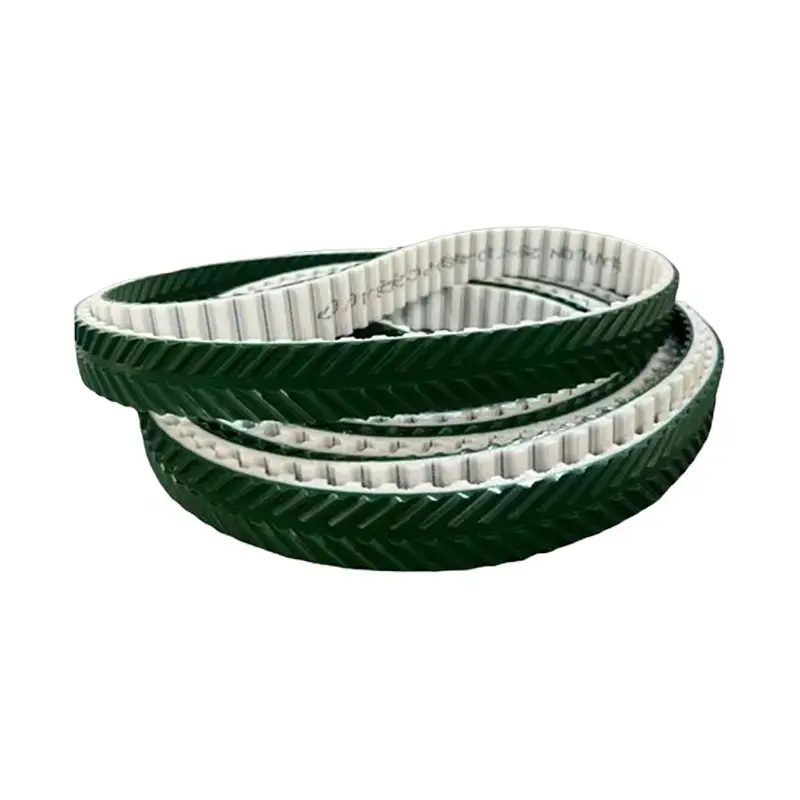
Key Advantages for Industrial Applications
Implementing the right resistant belt brings long-term operational benefits:
-
Extended Service Life — High-quality compounds reduce surface wear and cracking.
-
Stable Performance — Maintains strength and flexibility under extreme temperatures.
-
Reduced Maintenance Costs — Less frequent belt replacements mean lower downtime.
-
Enhanced Safety — Resistance to fire, oil, and chemicals minimizes operational hazards.
-
Customizable Options — Available in various widths, thicknesses, and tension ratings to suit diverse machinery.
How to Select the Right Resistant Belt
To maximize efficiency, businesses should evaluate their process environment and materials handled. Key factors to consider include:
-
Temperature range of operation
-
Type of material conveyed (abrasive, oily, chemical, etc.)
-
Required belt strength and elongation
-
Compliance with international standards (ISO, DIN, or RMA)
-
Supplier’s ability to provide after-sales technical support
Conclusion
A resistant belt is not just a simple component — it’s a foundation of industrial reliability. By investing in high-performance belts tailored to your operational needs, companies can ensure steady output, lower maintenance expenses, and improve workplace safety. For long-term efficiency, partnering with a trusted manufacturer of resistant belts is a smart strategic decision.
Frequently Asked Questions (FAQ)
Q1: What industries commonly use resistant belts?
A1: They are widely used in cement, steel, mining, construction, food processing, and recycling industries.
Q2: How do I determine which type of resistant belt I need?
A2: Evaluate your environment — temperature, exposure to oil or chemicals, and type of load will determine the ideal belt.
Q3: Can resistant belts be customized for specific machinery?
A3: Yes, reputable suppliers offer customized sizes, materials, and surface designs for specialized equipment.
Q4: Are resistant belts eco-friendly?
A4: Many modern resistant belts are made with recyclable or non-toxic compounds, aligning with green manufacturing standards.



